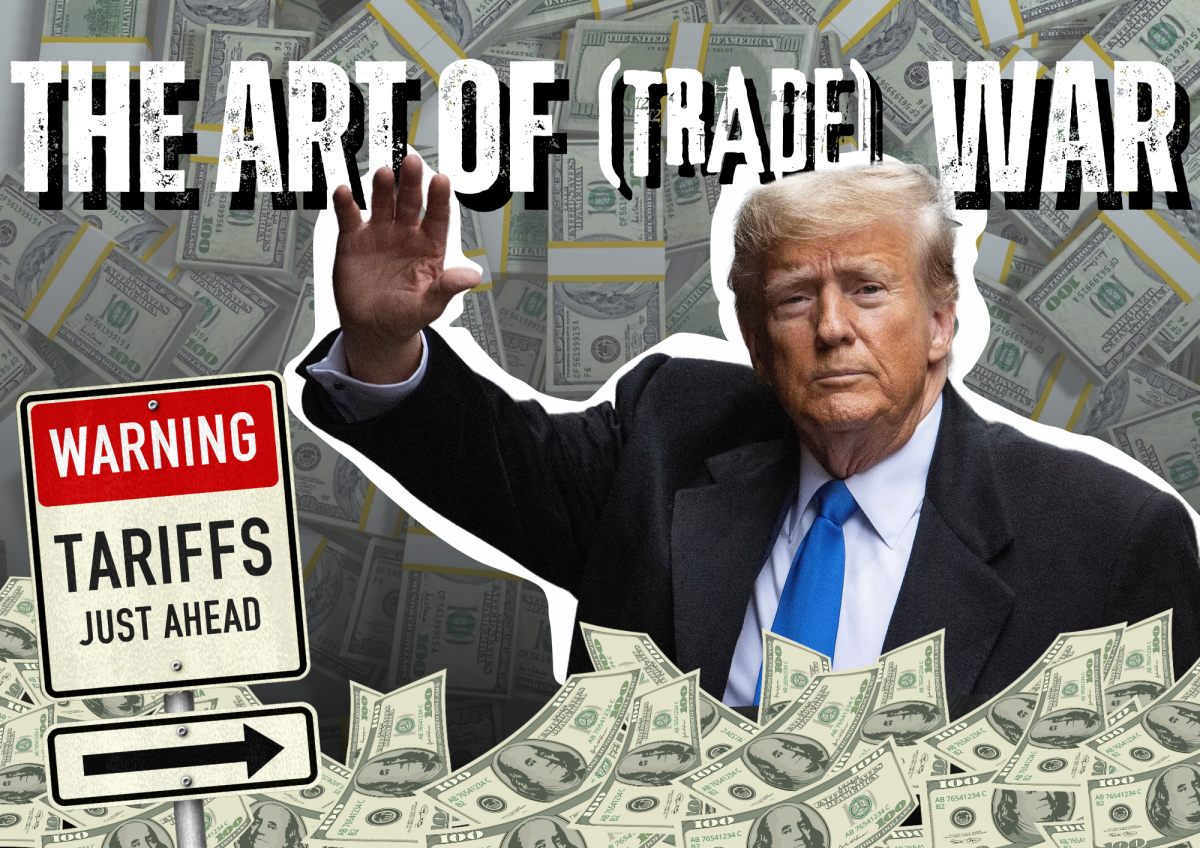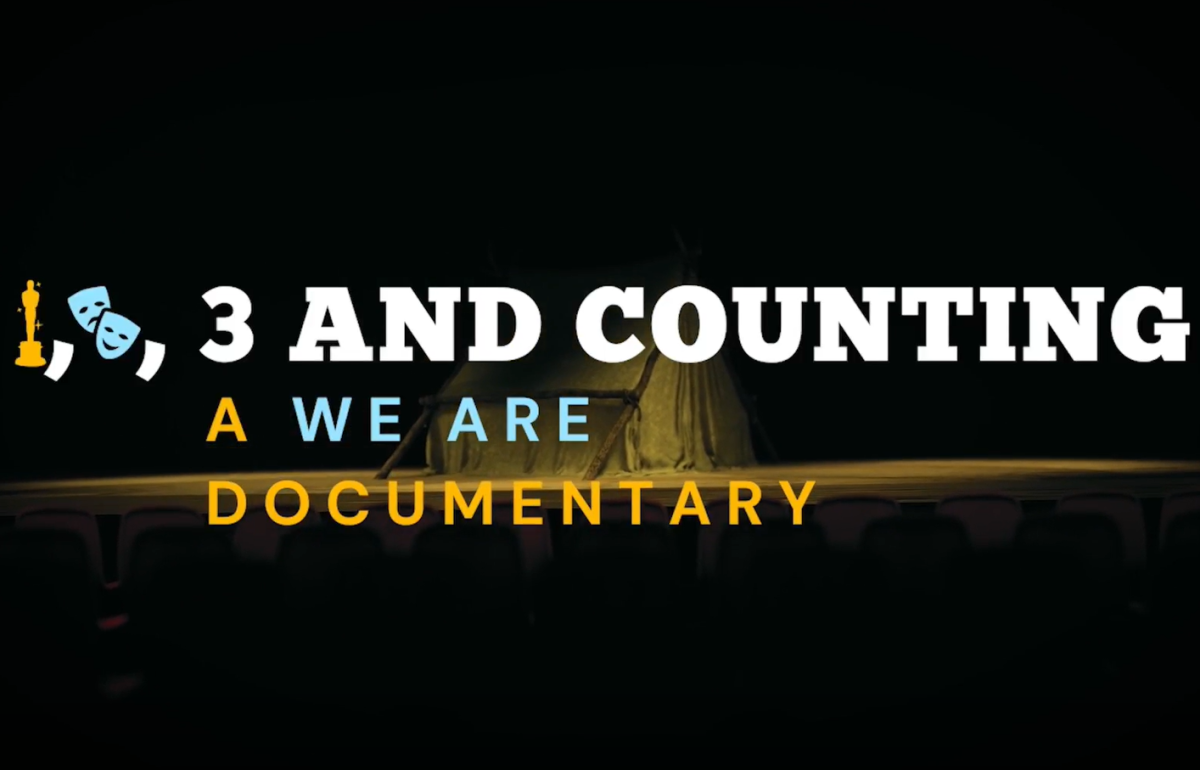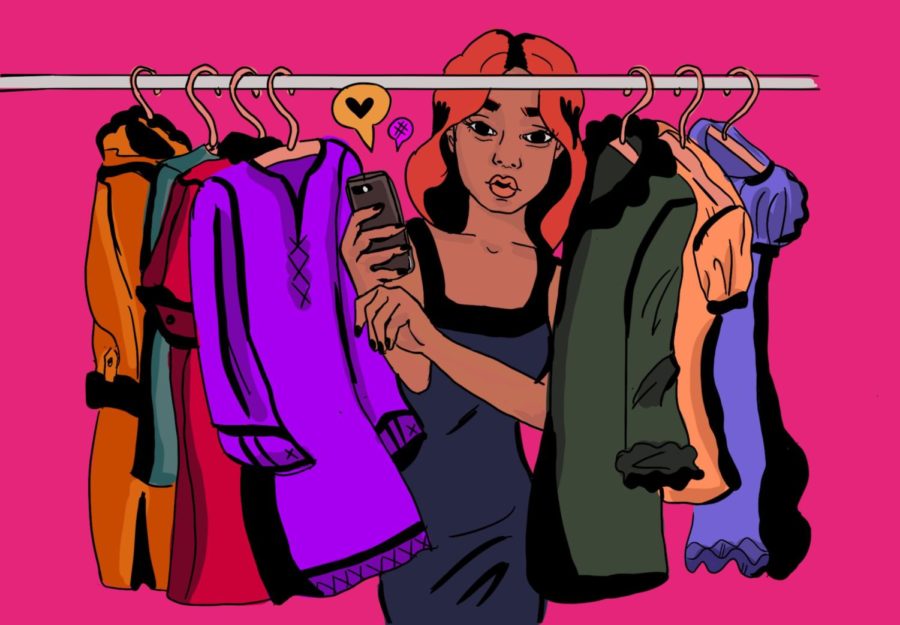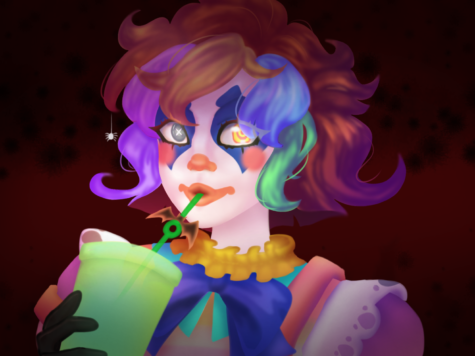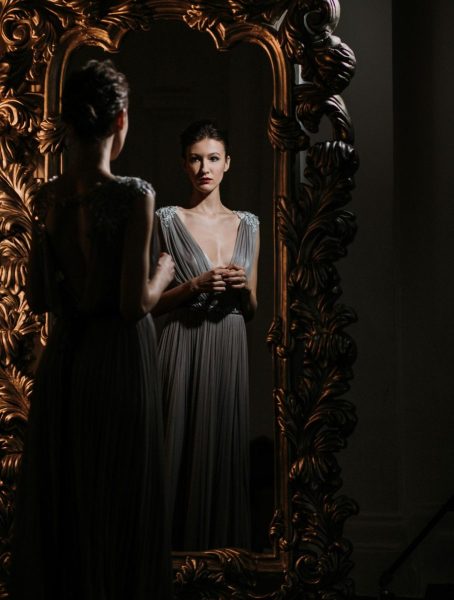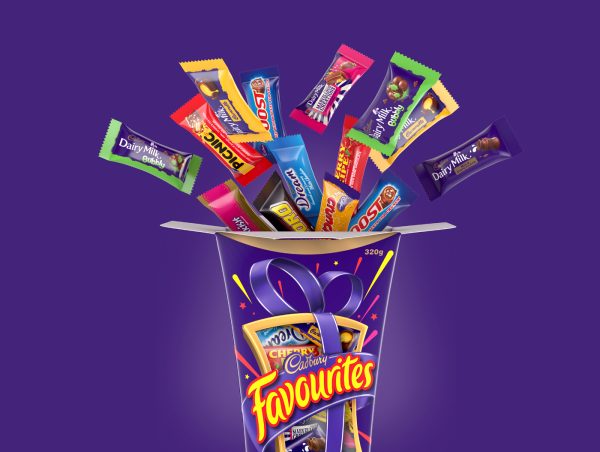Is it cute, or did it just get views?
June 7, 2022
Social media is a primary source of information for so many people, and fashion brands definitely make the most of this. Fashion and technology go hand in hand, so it’s only natural that as technology advances, the way the fashion business operates will change as well.
Facebook and Twitter were once the most popular platforms…but there’s a new player on the block that has taken over. In September 2017, Instagram topped 800 million monthly active users, with these users having the highest level of engagement (time spent using the app) of any social media platform. Instagram shopping was also launched a few years ago with brands including product tags in their postings, which can direct visitors to a point of sale. Early adopters of this have already seen an increase in traffic and sales from Instagram after adopting the shopping service.
Most fashion trends can be found on Instagram. All it takes is for one influencer to wear something in a post, (whether it be on Instagram or Tiktok), and suddenly, it’s sold out everywhere. Kudos to Instagram fashion accounts where someone who isn’t in the fashion industry can obtain enough data to comprehend the ongoing trends. Whether this be the slo-mo street style videos or the latest y2k fashion aesthetic; brands and customers are closer than ever before thanks to the use of social media.
“The one thing that has changed dramatically in recent years is the direct relationship brands now have with their consumers,” says Imran Amed, founder, and editor in chief of the independent journal Business of Fashion. “The consumer, under this new hierarchy, has the power to amplify or negatively impact the company by sharing positive or negative answers.”
We all know Sopha Dopha (Sophia Begg). She is the prime example of social media’s influence on fashion. That blue corset top from Glassons? Good luck finding that now. Just walk past any shop that has a target audience of young women, and everything will be that cobalt blue colour, and there will be at least 7 different corset tops like the one she wore.
Even Vogue commented on this phenomenon: “How Tiktok Changed Fashion this Year”.
And if there is any reliable source for fashion, its them. They stated that this year, TikTok’s users become utterly infatuated with fashion from the 2000s. According to TikTok, the hashtag #Y2KFashion has received over 58 million views and counting. There was a spill over effect into the mainstream fashion industry, with brands like Juicy Couture, the early-aughts’ tracksuit darling, and Von Dutch even resurrecting from the grave and re-launching due to public demand. Sure, there are other factors at play here—this year’s runways and top models also paid homage to the 2000s—but the fashion world pays attention when a look becomes popular on TikTok. Remember that strawberry dress that went viral earlier this year and became a must-have item for everyone? The popularity of TikTok was largely due to its users.
While the impact of social media on the fashion business may shift in the future, it is evident that it is here to stay. To stay up with the ever-changing times, social media demonstrates the need of building relationships. With the help of an attractive news feed and the desire to build their following through comparable material and similar behaviours to people who follow them, social media helps those who once felt like they were on the outside looking in to become a part of the in-crowd.

